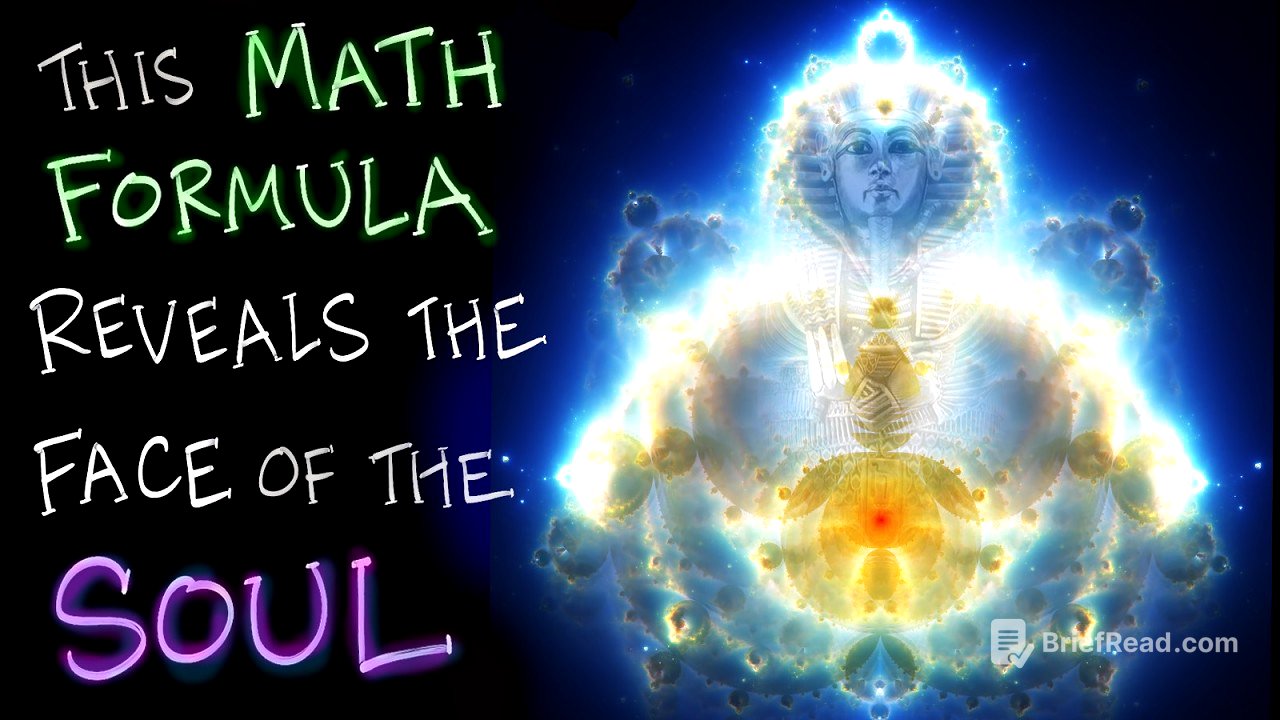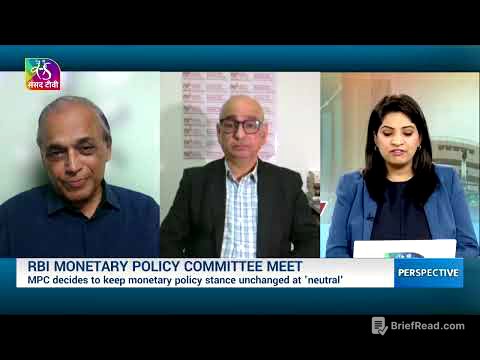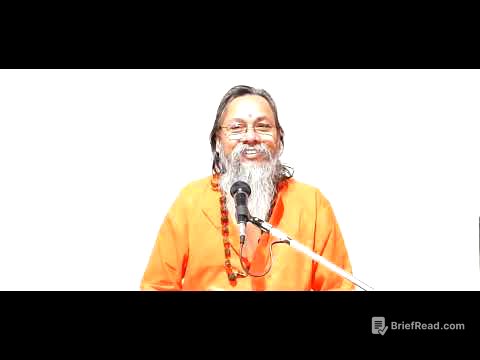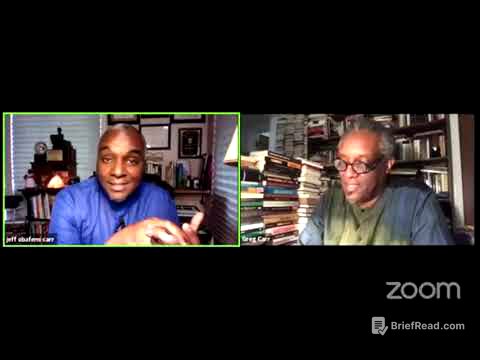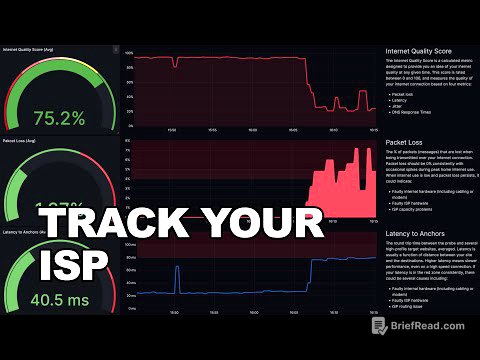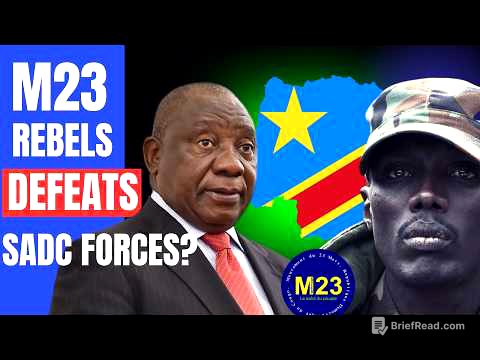TLDR;
The video explores the concept of the Unus Mundus, a unified reality where mind and matter are interconnected, through the lens of Carl Jung's theories and the fractal pattern known as the Buddhabrot. It suggests that numbers and symbols, particularly the Buddhabrot, serve as a bridge between the conscious and unconscious mind, revealing a hidden order within the apparent chaos of the universe. The video encourages viewers to recognize this interconnectedness, embrace their role as participants in this universal pattern, and find meaning and belonging through art, symbols, and a deeper understanding of the self.
- Carl Jung's Unus Mundus: The idea of one world underlying reality where mind and matter are not separate.
- Synchronicity and Numbers: Meaningful coincidences and numbers as a language of the unconscious mind.
- The Buddhabrot: A fractal pattern derived from a simple equation, symbolizing the unity of mind and matter.
- Ancient Symbolism: The Buddhabrot's echoes in art, architecture, and cultural symbols across history.
- Awakening and Alignment: Recognizing the Buddhabrot pattern to find one's place in the universe and express one's true self.
Introduction: The Unified Reality [0:16]
The video introduces the concept of a unified reality, challenging the imposed divisions between mind and matter, good and evil, and black and white. It questions whether our minds and the external world are more connected than we perceive. Dr. Harry Shirley introduces his work exploring this unified reality, inviting viewers to explore the idea that the universe, our bodies, and minds are all part of the same underlying reality, referred to as the Unus Mundus.
Carl Jung and the Unus Mundus [1:26]
Carl Jung's fascination with the idea of a single, underlying reality, the Unus Mundus, is discussed. Jung believed in a hidden unity where thoughts and the external world are not separate. This unity is expressed through symbols and meaningful coincidences, known as synchronicities. Jung also felt that the Unus Mundus communicates through numbers, considering number as a key to this mystery.
Numbers as Living Truths [3:19]
The video explores the historical perspective of numbers as more than just logical tools. Ancient thinkers like Pythagoras and Plato viewed numbers as fundamental to the universe and the soul of the world. Alchemists used numbers to guide transformation, and quantum physicists use them to describe a reality that defies common sense. Jung saw numbers as meaningful symbols emerging from the unconscious mind, explaining their importance in dreams, synchronicities, and various aspects of culture.
Fractals and the Mandelbrot Set [5:21]
The video introduces fractals as shapes that repeat themselves at every scale, such as ferns, coastlines, galaxies, and DNA. The Mandelbrot set, derived from a simple equation, is highlighted for its endless spirals and interconnected framework between order and chaos. The Mandelbrot set is created by repeatedly applying a simple formula and collecting values for which the sequence remains stable.
The Buddhabrot: A Bridge Between Mind and Matter [6:49]
The Buddhabrot is introduced as a pattern generated from the paths to infinity of unstable sequences in the Mandelbrot set. It is described as an archetypal symbol and a potential bridge between mind and matter, aligning with Jung's belief in the symbolic quality of numbers. The Buddhabrot is seen as a meaningful coincidence, hinting at a hidden order and serving as a symbol for the Unus Mundus.
Ancient Echoes of the Buddhabrot [8:35]
The video explores the ancient presence of the Buddhabrot pattern across cultures and time. It emerges in art, architecture, and cultural symbols, addressing boundaries between earth and heaven, life and death, and mind and matter. Examples include alchemical emblems, the tree of life symbol, and ancient architecture like Stonehenge and the Vatican, all echoing the Buddhabrot pattern.
The Buddhabrot in Art and the Unconscious Mind [10:26]
The Buddhabrot's influence extends to Renaissance masterpieces and psychedelic art, where it appears as an unconscious attempt to express the order of the Unus Mundus. The Buddhabrot is presented as an elemental ordering principle of the mind and universe, offering a glimpse into the deepest parts of the unconscious mind. It suggests that the laws of nature are not random and that reality is not meaningless.
Awakening to the Unus Mundus [12:14]
The video emphasizes the importance of recognizing the Unus Mundus and our role in bringing its symbols into the world. It encourages healing division and living in harmony with the deeper order, with the Buddhabrot serving as a symbol for unification. The world is saturated with meaningless data, and our minds crave coherence and pattern, which art, story, and symbols provide by revealing the invisible order.
The Invitation of the Unus Mundus [13:28]
The video extends an invitation to see beyond the surface and recognize the interconnectedness of thoughts and the stars. It suggests that our longing for wholeness is mirrored in the geometry of nature and even in our DNA. By truly seeing this, we awaken and become participants in the pattern, with the Buddhabrot discovering itself through us.
Living with the Wisdom of the Unus Mundus [14:12]
The video concludes by encouraging viewers to listen, watch, and dream, taking symbols seriously and studying number for meaning. It invites us to imagine an order behind the chaos of the world, calling us into alignment. The Unus Mundus is here, and our true self seeks to express itself in action, art, and love. The Buddhabrot is a message that we belong, our lives follow a pattern, and we are part of infinite meaning.
